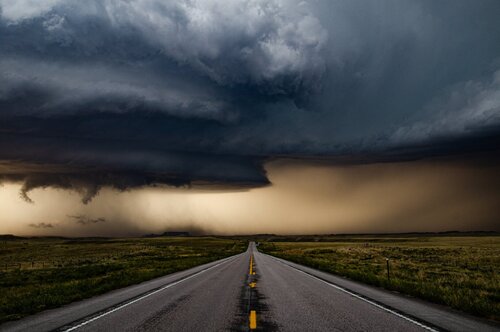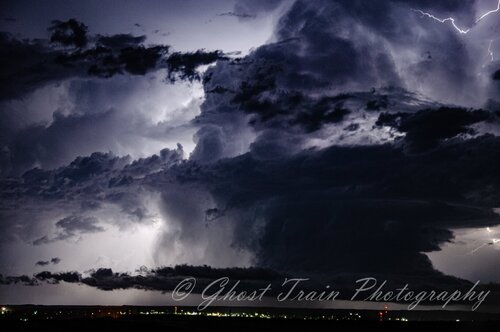You guys are so awesome! Thank you! I will definitely keep all this in mind. Like many chasers this season, I have next to nothing to show for myself, but I'm hoping to use some of these techniques in SD on Saturday. I did chase a bit two days ago in WY as a practice run and I found being behind the storm and tailing it is a much better experience. Of course, it wasn't a tornadic supercell so I assume my staging would be slightly different for that but, it was still a great chase, a lot more relaxing and allowed me to really marvel at it and watch it evolve. Thank you guys so much!
-
While Stormtrack has discontinued its hosting of SpotterNetwork support on the forums, keep in mind that support for SpotterNetwork issues is available by emailing [email protected].
Too timid?
- Thread starter Moe E
- Start date


